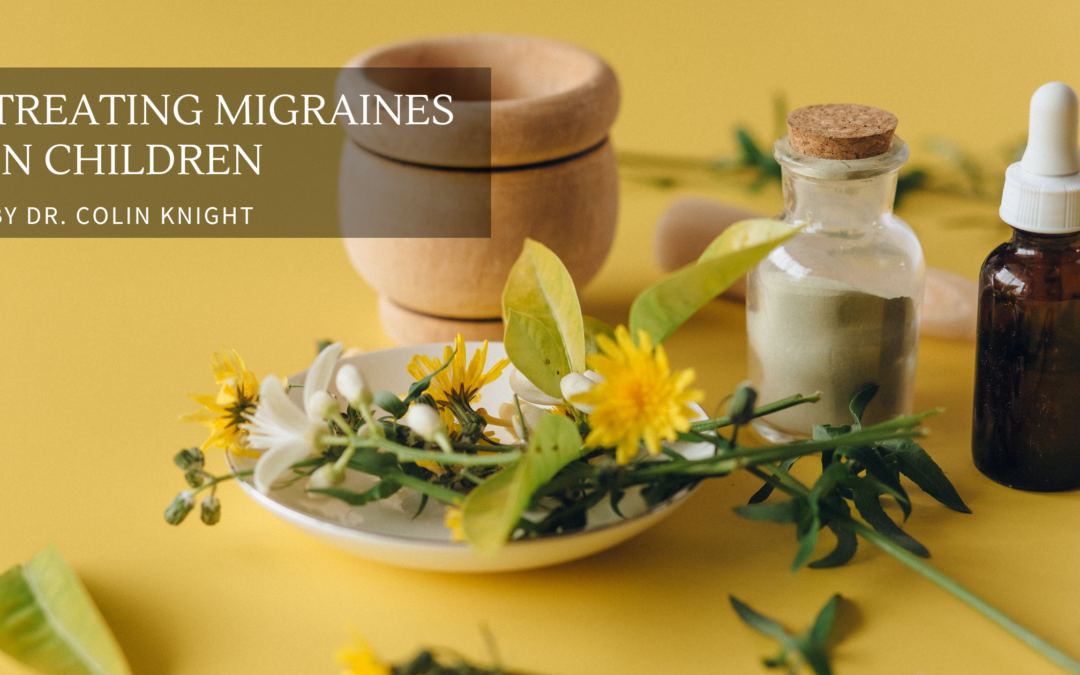Childhood migraines are more than simply uncomfortable. They are complicated neurological disorders that may have a major negative influence on a child’s quality of life. Unlike adults, children may not always be able to articulate the severity or nature of their pain, making diagnosis and treatment a challenge. Migraines can affect children’s school performance, social interactions, and well-being. Understanding involves recognizing symptoms, identifying triggers, and managing them through lifestyle changes and medical treatments. The goal is not only to alleviate the immediate pain but also to develop strategies for long-term management.
Severe headaches are believed to be caused by genetic and environmental factors. In children, they often manifest differently than in adults, with symptoms like abdominal pain, mood changes, and gastrointestinal issues accompanying or even overshadowing the headache. Unlike adults, children’s types are shorter in duration but can be equally debilitating. Diagnosis in children can be complex; there is no specific test, and it often involves ruling out other conditions.
The prevalence in children is rising, with about 10% of children and 28% of adolescents experiencing them. This increase highlights the need for practical treatment approaches. Historically, treatments designed for adults were used in pediatric cases. However, recent years have seen a shift towards treatments specifically tailored for children, considering their unique physiology and the impact on their developmental stages.
Understanding the triggers and symptoms unique to each child is critical in management. Triggers can range from dietary factors to stress, sleep disturbances, and environmental stimuli. Effective treatment requires a holistic approach, addressing physiological and psychological aspects.
Diagnosis and Symptom Recognition
The first step is to make an accurate diagnosis. This involves a thorough medical evaluation, an understanding of family history, and a detailed description of the episodes. Symptoms of pediatric migraines might include light and sound sensitivity, nausea, vomiting, and vertigo. In younger children, it might manifest as unexplained irritability, abdominal pain, or changes in behavior, making diagnosis challenging.
Pediatricians often use a symptom diary to track the headaches’ frequency, duration, intensity, and associated symptoms. This diary can also help identify potential triggers, such as specific foods, dehydration, sleep patterns, or stress. Neurological examinations are usually performed to rule out other causes. In some cases, imaging tests like MRI or CT scans may be necessary to exclude other medical conditions.
Recognizing symptoms early and accurately is crucial for effective treatment. Regular follow-ups with healthcare professionals can monitor the progression and response to treatment, ensuring the approach remains appropriate as the child grows.
Lifestyle Modifications and Non-Pharmacological Approaches
Lifestyle modifications are fundamental in managing migraines in children. A consistent routine with regular sleep patterns, healthy eating habits, hydration, and stress management can significantly reduce their frequency and severity.
Irregular sleep patterns can be a trigger. Establishing a regular bedtime routine, ensuring a quiet, dark sleeping environment, and avoiding caffeine and screen time before bed can help.
Diet plays a critical role. Identifying and avoiding dietary triggers is essential. Common triggers include chocolate, caffeine, aged cheeses, and processed foods. It is advised to have a balanced diet full of nutritious grains, fruits, vegetables, and lean meats. Hydration is another key factor. Ensure children drink enough water throughout the day.
Stress management activities such as yoga and mindfulness can be beneficial. Regular physical activity helps in stress reduction and overall well-being. Therapies like acupuncture, biofeedback, and cognitive-behavioral therapy have shown promise. These non-pharmacological approaches can be particularly appealing to parents who are cautious about medication use in children.
Pharmacological Treatment
Pharmacological treatment may be necessary when lifestyle modifications and non-pharmacological approaches are insufficient. Medication falls into two categories: preventive and acute treatments.
Preventive medications are used regularly to reduce the frequency and severity. These can include certain types of blood pressure medications, antidepressants, and antiepileptic drugs, which have been found effective in preventing migraines in some children. The choice of preventive medication depends on the individual child’s symptoms, the frequency, and coexisting medical conditions.
Selecting a child’s proper medication and dosage requires trial and error. Close monitoring by professionals is essential to assess effectiveness and adjust treatment as needed. Parents must look for side effects and communicate concerns with their child’s doctor. New treatments like calcitonin gene-related peptide inhibitors have emerged recently, offering new hope for those with chronic ailments. However, their use in children is still being researched.
Lifestyle modifications are the cornerstone of management. Regular sleep, a balanced diet, adequate hydration, stress management, and physical activity can significantly reduce the frequency and intensity of migraines. Non-pharmacological treatments like biofeedback, cognitive-behavioral therapy, and relaxation techniques can also be effective, particularly for those cautious about medication use.
When these methods are insufficient, pharmacological interventions become necessary. The choice of medication must be carefully considered, balancing efficacy with potential side effects. The evolving landscape of treatments, including new medications like CGRP inhibitors, offers hope for more effective management.
